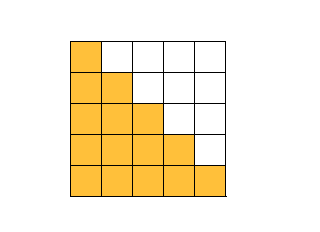Prime numbers are integers. This is the contradiction, but you keep expanding (Λ).
[m|a Λ m|b]⇒[m|b-qa = rem(b,a) Λ m|a]
rem is the remainder.
You can also write this.
gcd(a,b)=gcd(rem(b,a),a)
gcd is the greatest common divisor.
The direction of a and b is crossing over ⇔.
gcd(105,224)=gcd(rem(224,105),105)=gcd(14,105)
=gcd(rem(105,14),14)=gcd(7,14)=gcd(rem(14,7),7)
=gcd(0,7)=7
gcd(135,59)=gcd(17,59)=gcd(rem(59,17),17)
=gcd(8,17)=gcd(rem(17,8),8)=gcd(1,8)
=gcd(rem(8,1),1)=gcd(0,1)=1
Then you find X and Y which is gcd.
135X+59Y=1
135=59*2+17
59=17*3+8
17=8*2+1
This is upside down.
1=17-8*2
8=59-17*3
17=135-59*2
∴
1=17-(59-17*3)*2=17+17*6-59*2=17*7-59*2=(135-59*2)*7-59*2=135*7-59*14-59*2=135*7-59*16
You see X=7 and Y=-16
Therefore
135(X-7)+59(Y+16)=0
X-7=59m and Y+16=-135m
(X,Y)=(59m+7,-135m-16)
































